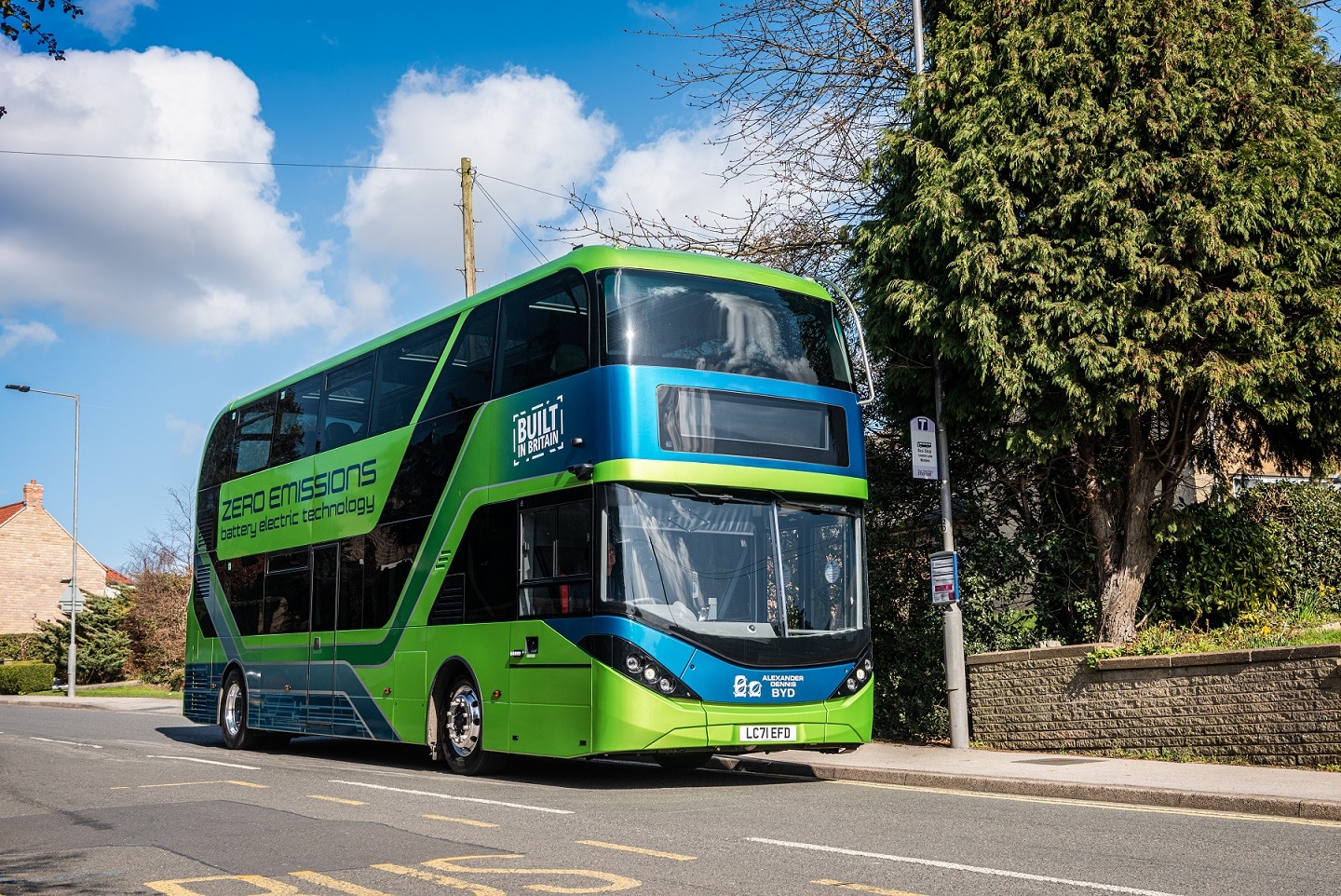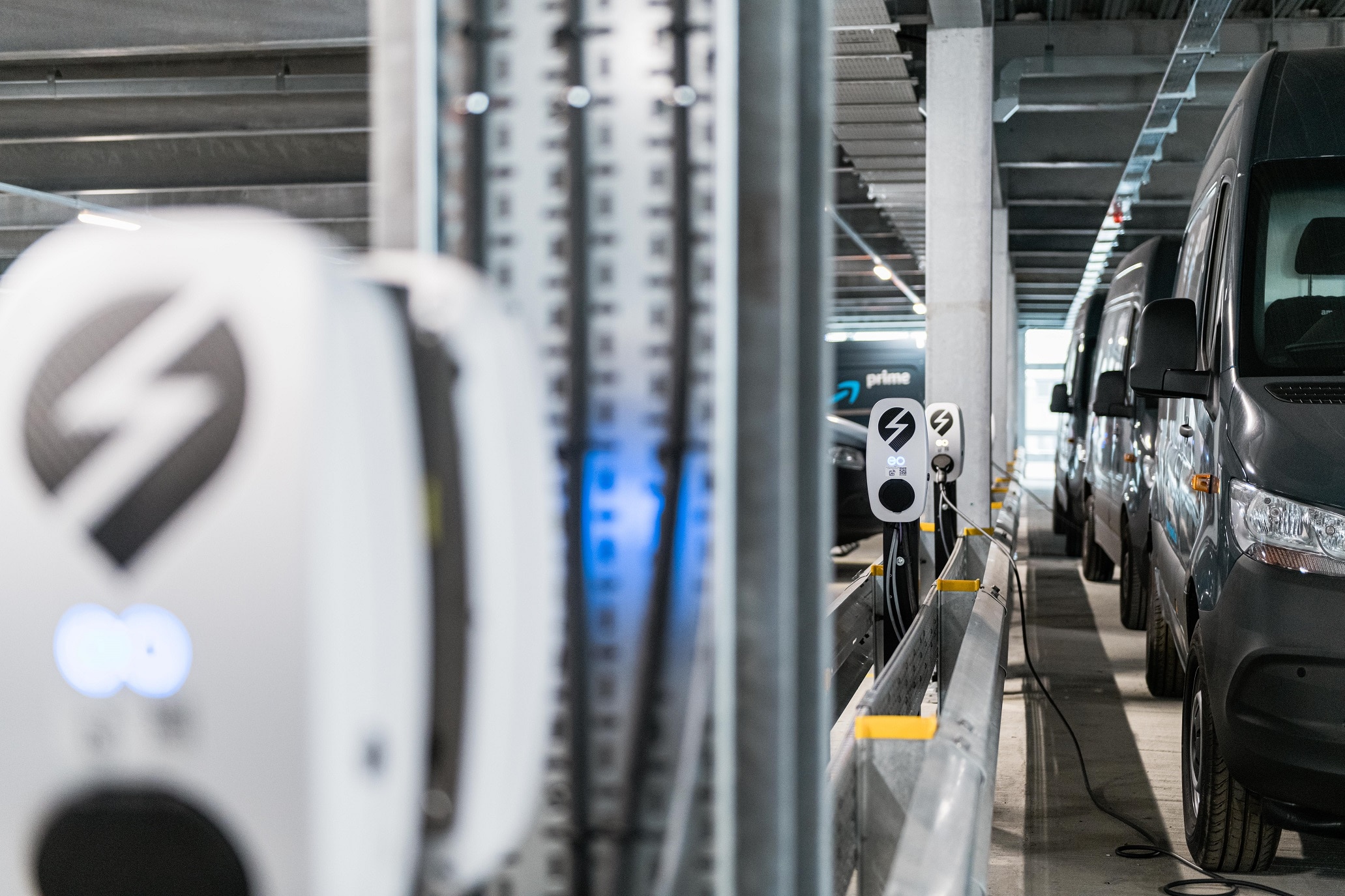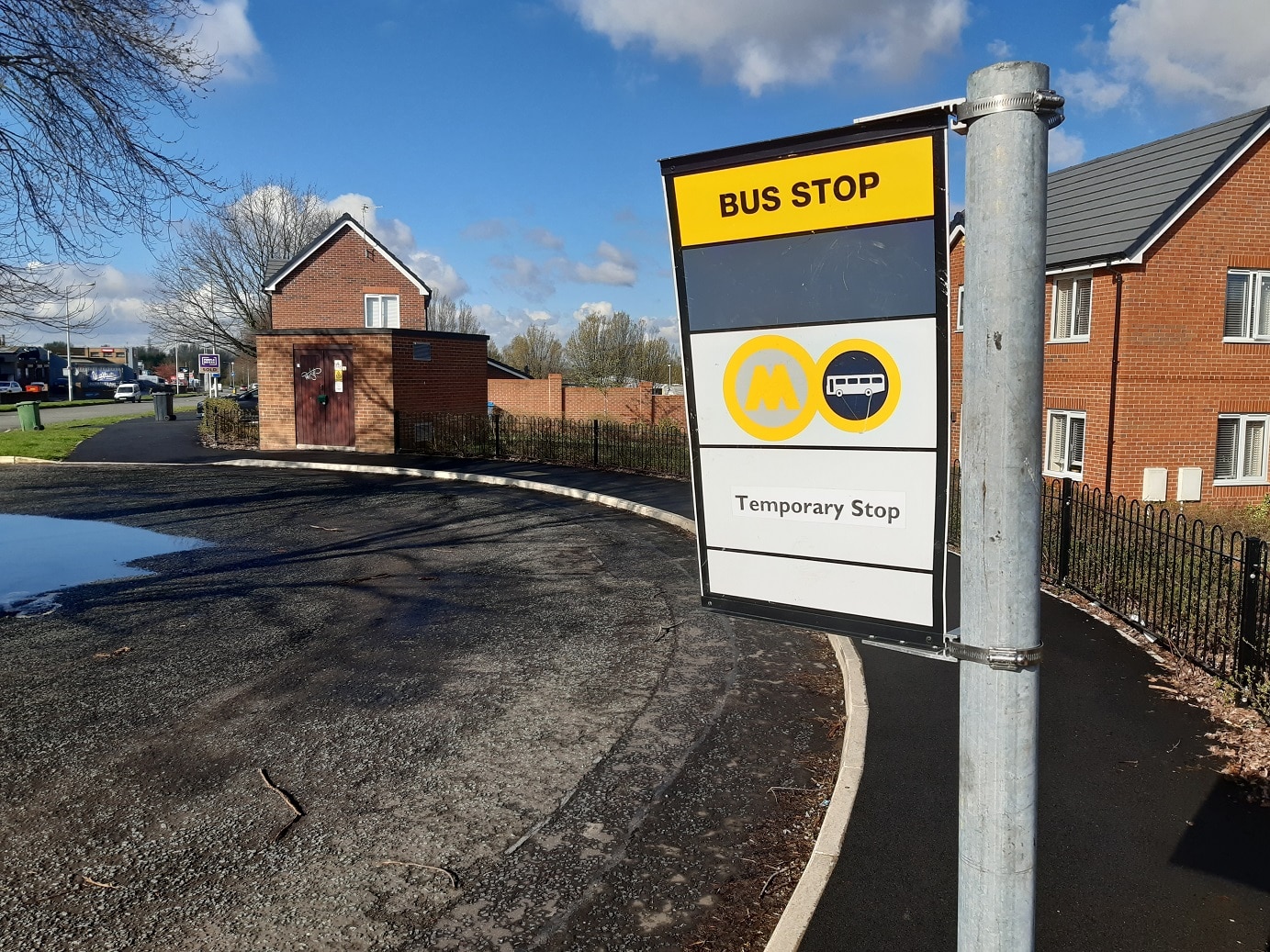Sometimes overlooked amid an accelerating uptake of battery-electric buses is a critical part of that transition: How they are charged. Less glamorous and without the PR opportunities of zero-emission vehicles, the world of charging is advancing at the same rapid pace.
Among the suppliers bidding for that business is EO Charging. It was founded in 2014 and started by supplying home chargers. A move into fleets began with vans and it is now building a presence in heavier vehicles, including coaches and buses.
For that sector, it has an advantage in the form of Keith Watson. He leads EO’s work with heavy vehicles. A former long-time member of the Alexander Dennis senior management team and latterly with responsibility for its battery-electric work, Keith joined EO in October 2021.
His role also captures aspirations in Europe. Keith is supported by three Key Account Managers, all of whom have bus industry experience from either an operating or a vehicle manufacturing point of view. He credits a longstanding interest in electric vehicle infrastructure as a primary reason for making the move.
Already a changing charging environment, EO finds
EO’s purpose is to provide ‘turnkey’ charging solutions in an approach that Keith describes as “pick-and-mix.” When depot electrification commences, EO can handle negotiations with the distribution network operator (DNO) and independent distribution network operators (IDNOs). EO also offers charging equipment from a variety of suppliers and can project manage the civil engineering process. It additionally provides service contracts and support for charging equipment.

Such breadth is common across both plug-in and pantograph-based opportunity charging landscapes.
In the latter parc, EO is already engaged with one operator, while in the plug-in segment it is active with various bus industry clients.
Long-term involvement with battery-electric buses leaves Keith in a good position to comment on how charging is developing. As government support shifted focus from smaller batches of vehicles towards larger-scale uptake, behind-the-scenes infrastructure needs have changed similarly.
The move from AC to DC is already well established, but gaining traction quickly have been chargers that are compatible with all vehicle types. EO’s offering ticks that box.
When a new OEM enters the market, initial connectivity testing may lead to some software tweaks on either the vehicle or the charger, but Keith points out that compliance with Open Charge Point Protocol 1.6 by all chargers installed by EO means that compatibility will be achieved.
Depot power requirements destined to grow
While battery-electric fleets are growing, their charging windows stay largely the same. That puts pressure on depot facilities and it calls for higher power availability.
Larger-scale, and graduated, transitions to battery-electric is an area where EO has good knowledge. It has already delivered such projects in the van sector for Amazon, and relationships with DNOs and IDNOs allow the most financially favourable arrangements to be leveraged. That can involve ‘reserving’ future power needs via an IDNO through its adoption of newly built high voltage assets.
A further consideration for operators moving to battery-electric is space within depots. EO can deliver what it terms satellite charge points with power cabinets, an arrangement that concentrates the latter in a central area and minimises the space claim of charging equipment in a depot’s parking area. That is also a more cost-effective approach for large scale installations, Keith adds.
A further part of the future will be higher-power standalone chargers. 360kW examples are already available. While vehicles cannot yet accept that power, it gives scope to plug several buses into one charger. In a hypothetical instance of four connected to such a unit, a sufficiently rapid rate of charging would be maintained; Keith suggests that it is also possible to configure the process so that each bus is not necessarily charged at the same power, if that were to suit the operator.
Many challenges – but also opportunities for EO Charging
The structure of government grants largely favours the purchase of charging equipment, Keith notes. However, as those streams eventually ebb, the case for an ‘as a service’ approach will grow.

If grants towards zero-emission coaches and their infrastructure are not forthcoming, there will also be an argument in that sector for ‘as a service’ provision.
EO is already positioned to work with low volume installations. “That is where we came from,” Keith notes, pointing to its beginnings as a home charging provider.
In the case of a small operator, assessing its plan for electrification is key before offering a solution. “If it needed only one charger now, that could be a straightforward installation. But if it was thinking about going further – perhaps to five or 20 vehicles over the course of time – we would look at how the necessary power would be brought into the depot.”
Highlighting the potential supply difficulty where an operating centre is in a rural location, Keith raises the potential for opportunity charging in a more urban setting or, for coach operators, the scope for ‘destination charging’, to form part of the solution.
Such variety in the world of charging illustrates that there is significant scope for businesses that can provide a turnkey service. As Keith notes, it is a world of challenge and change – but also of opportunity.



























